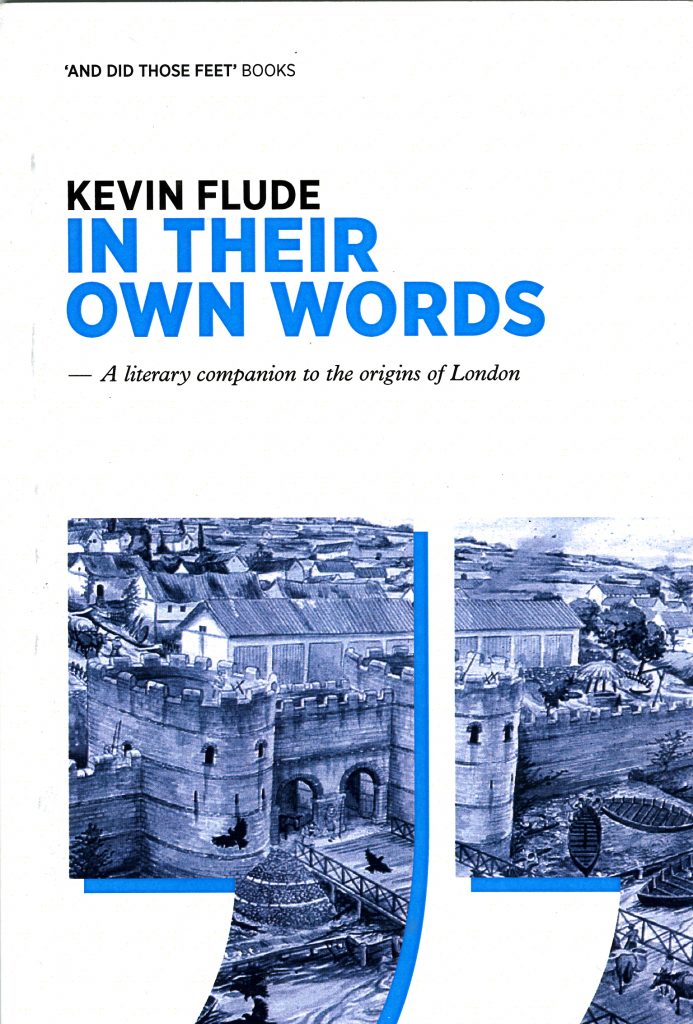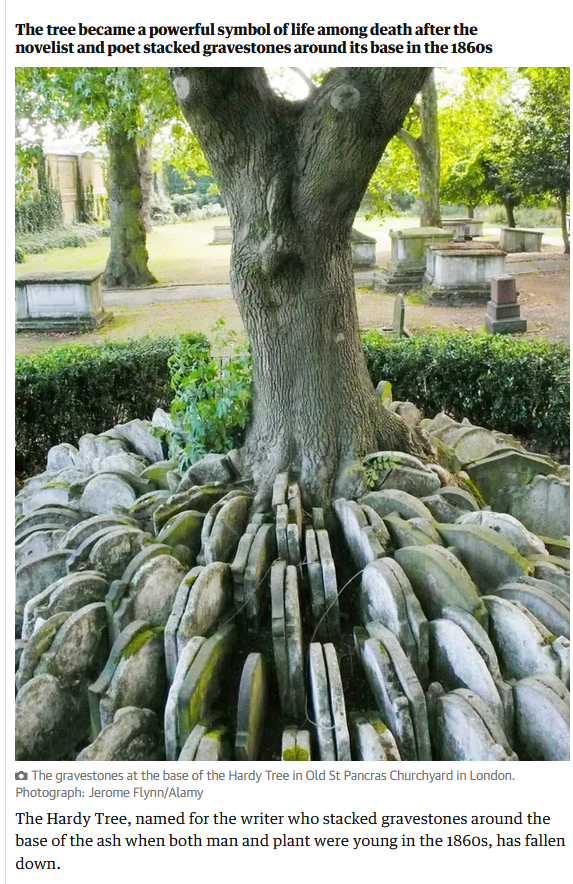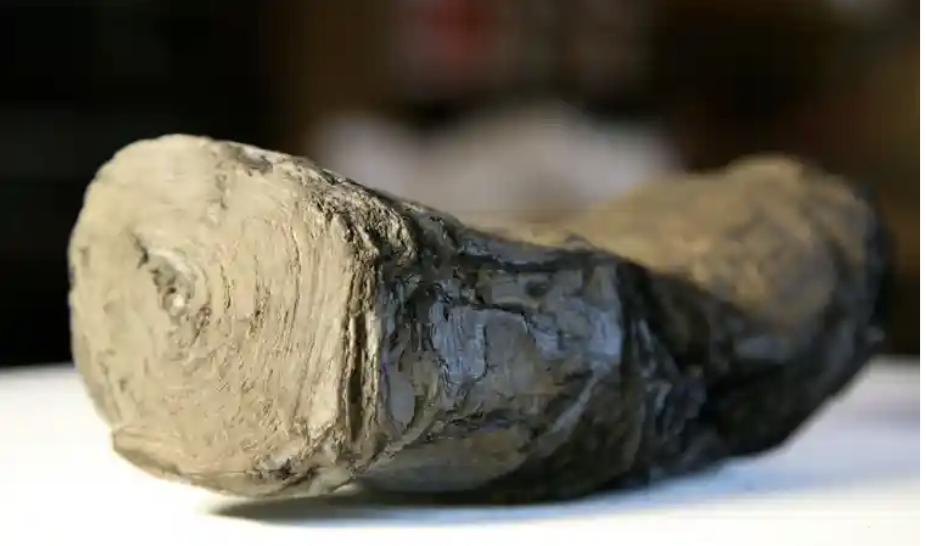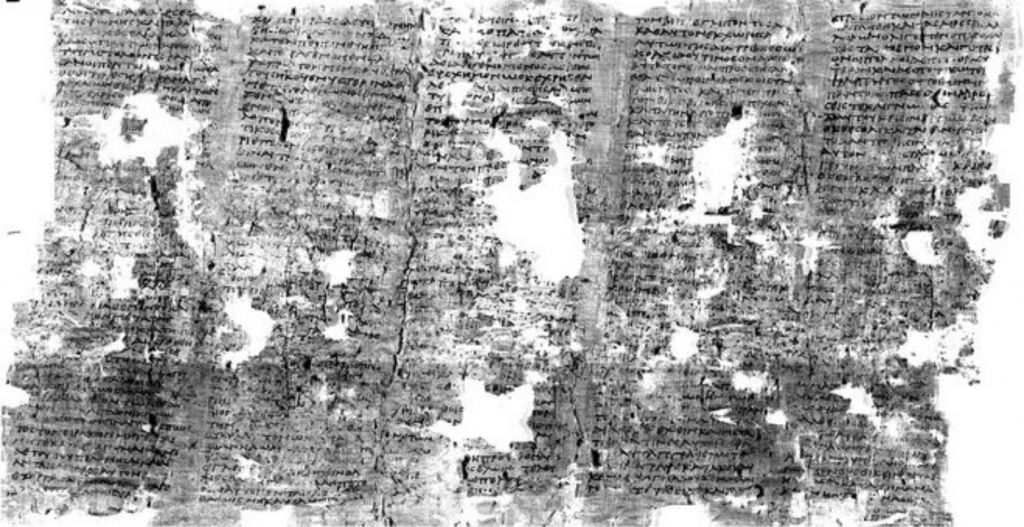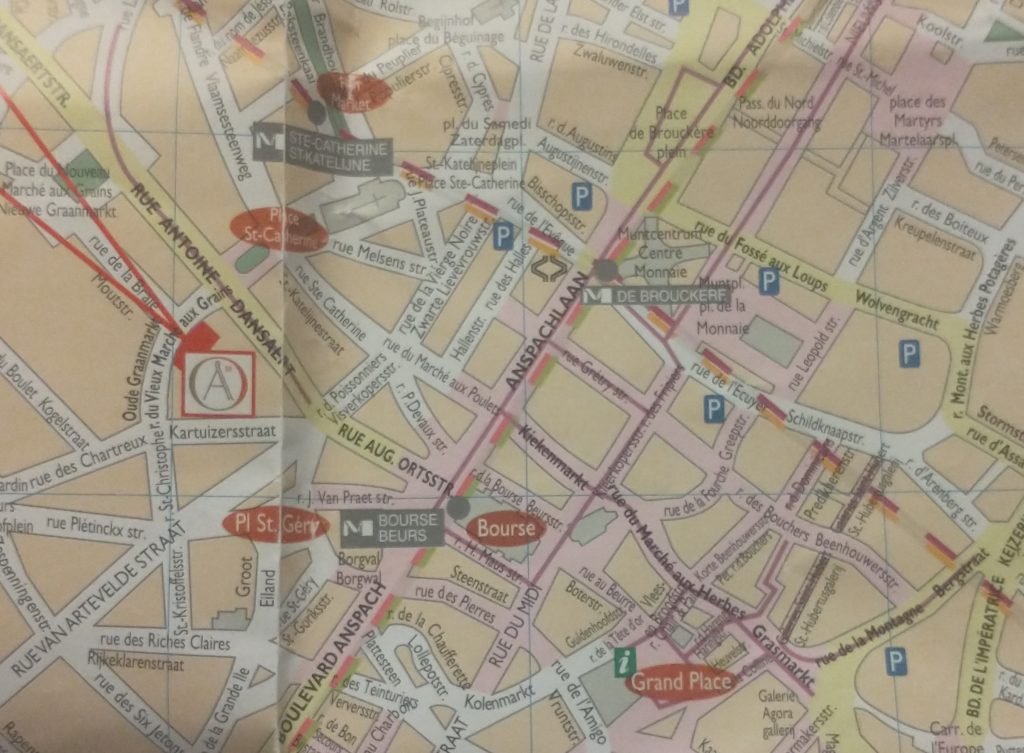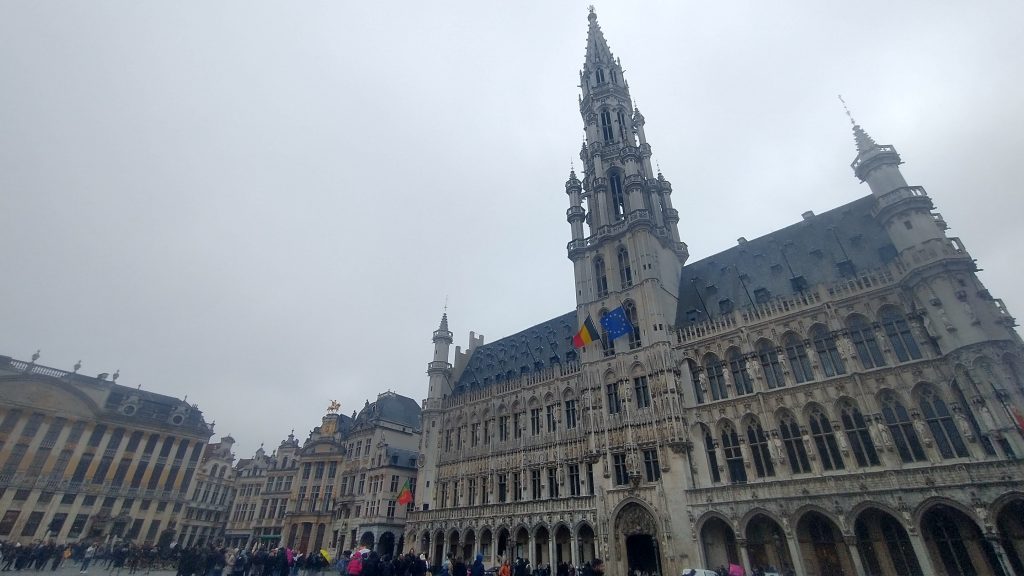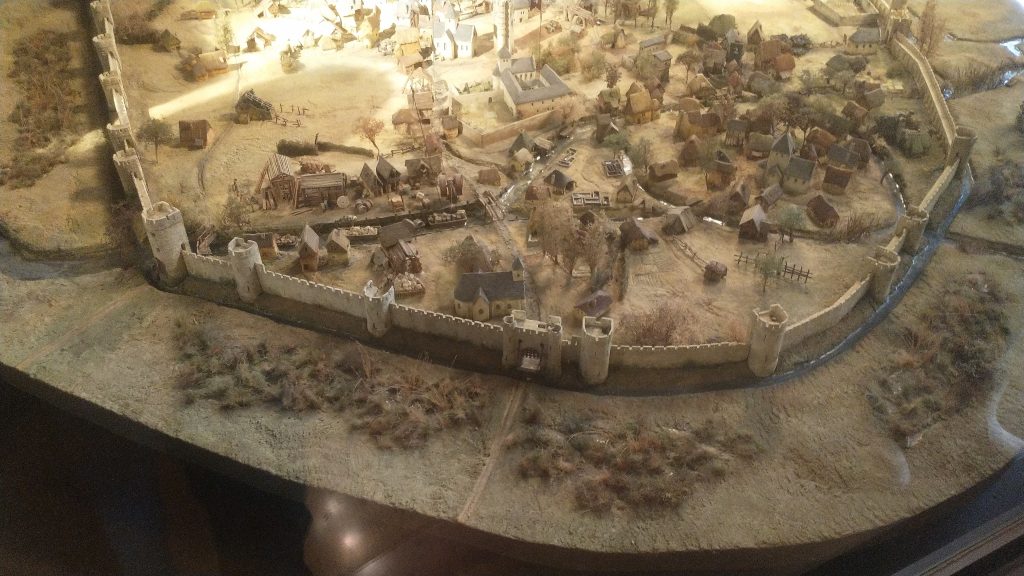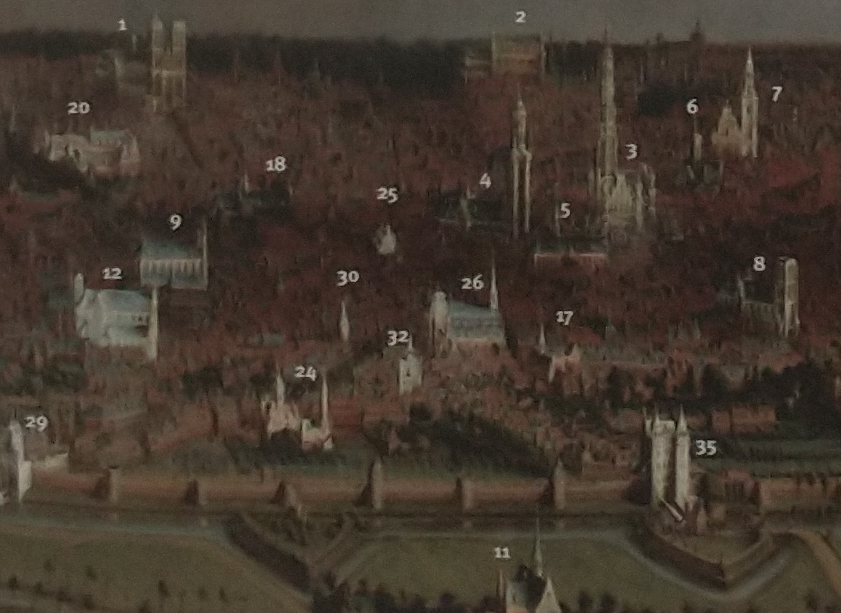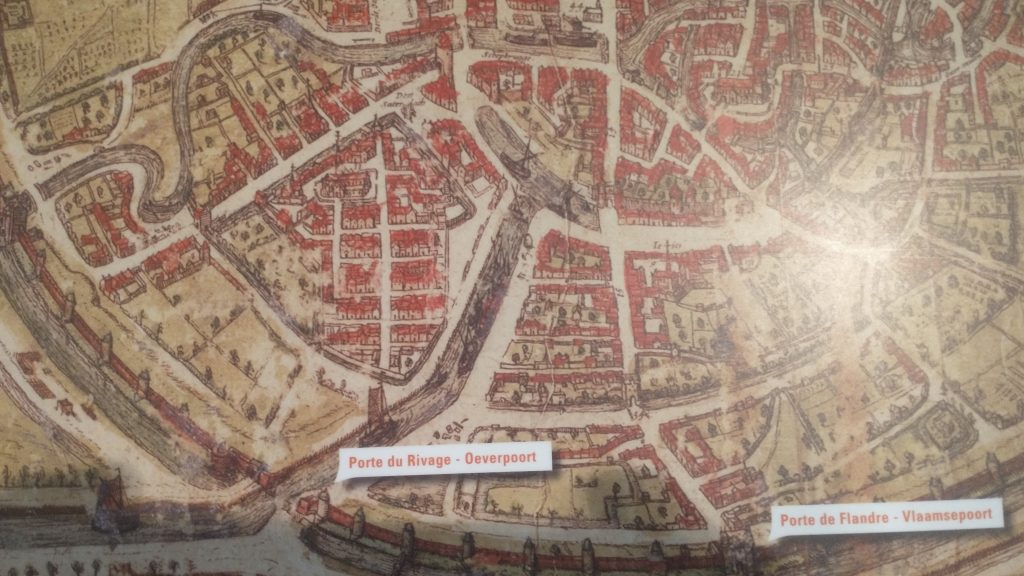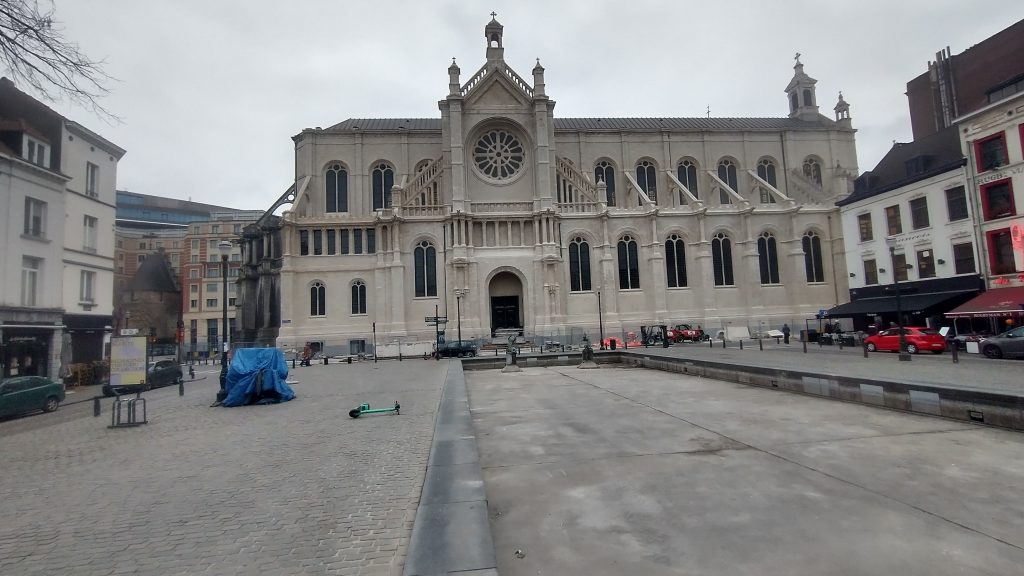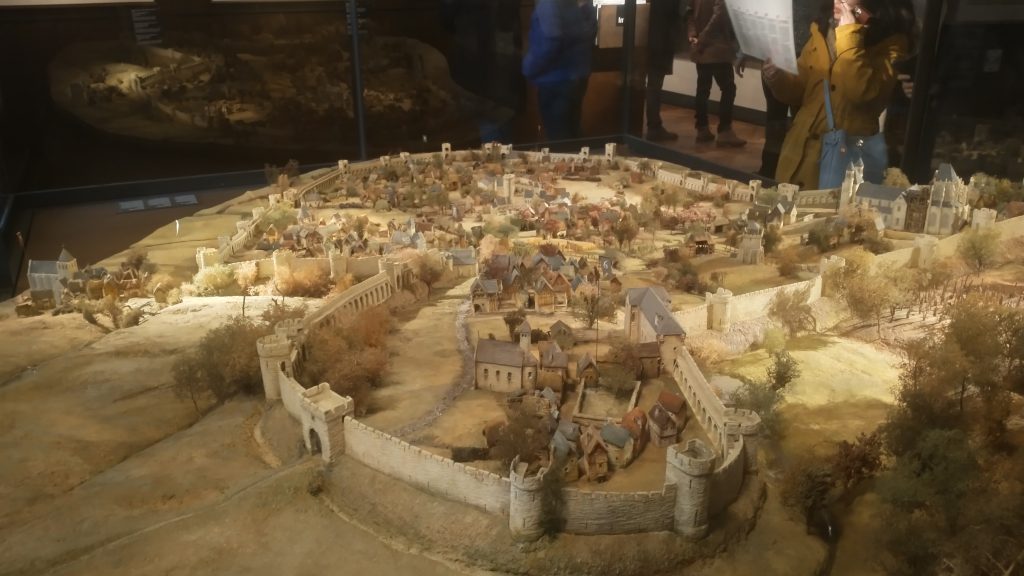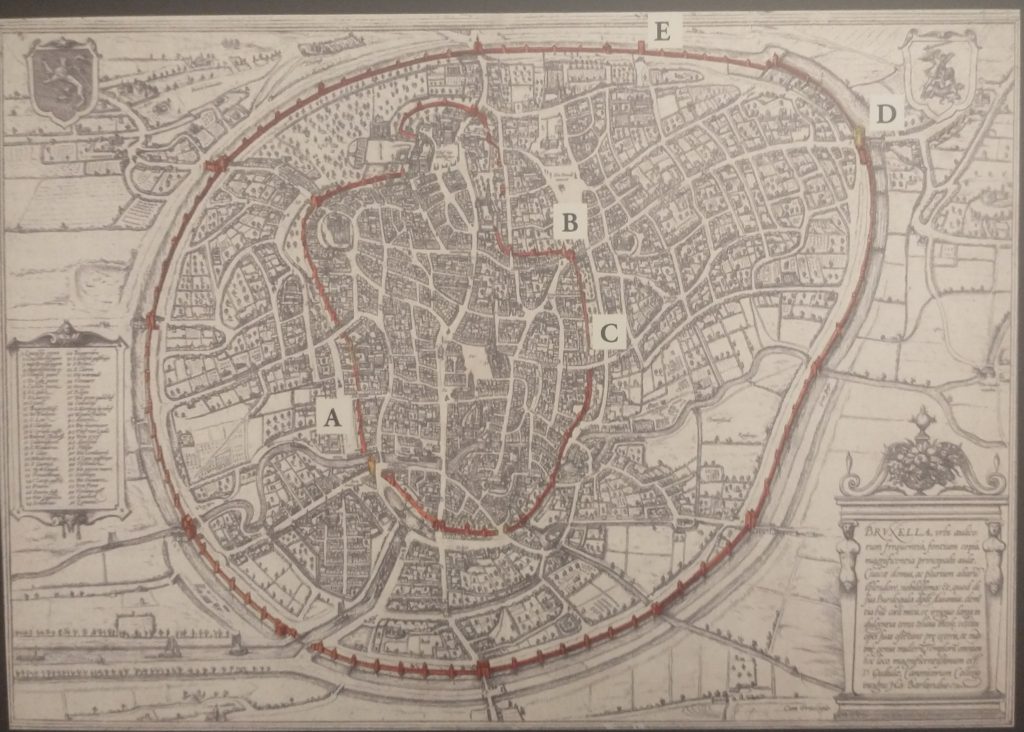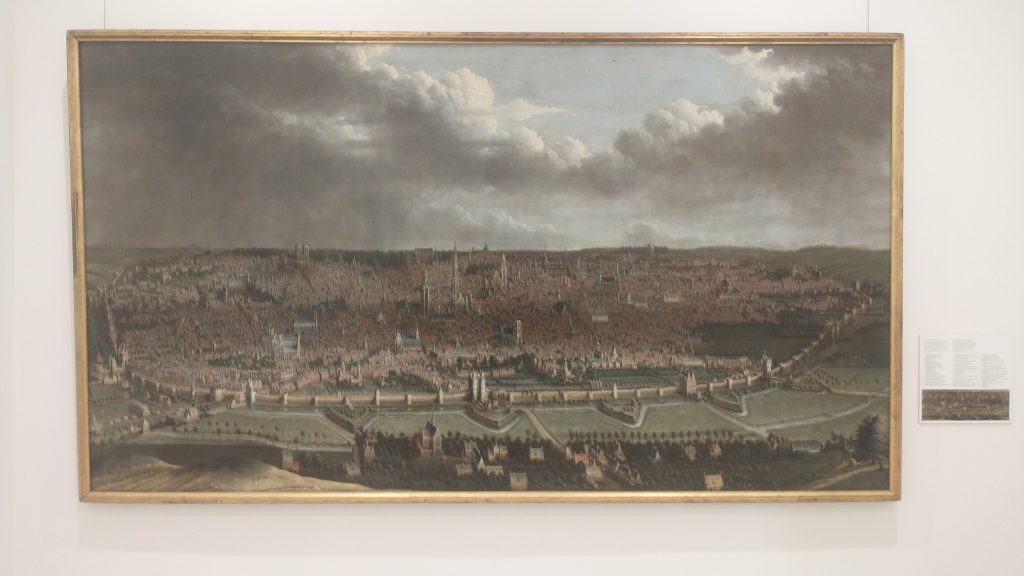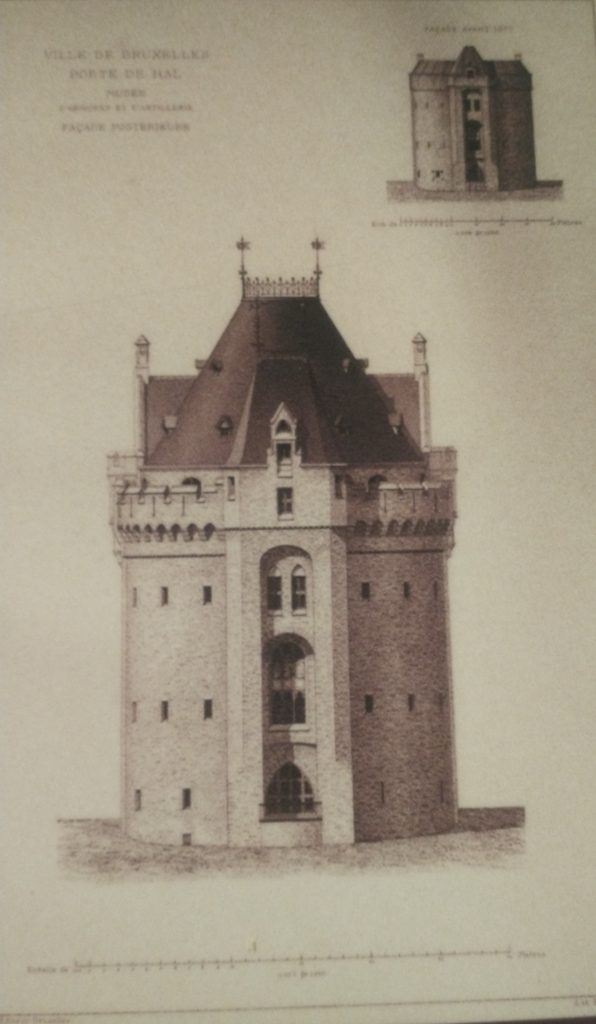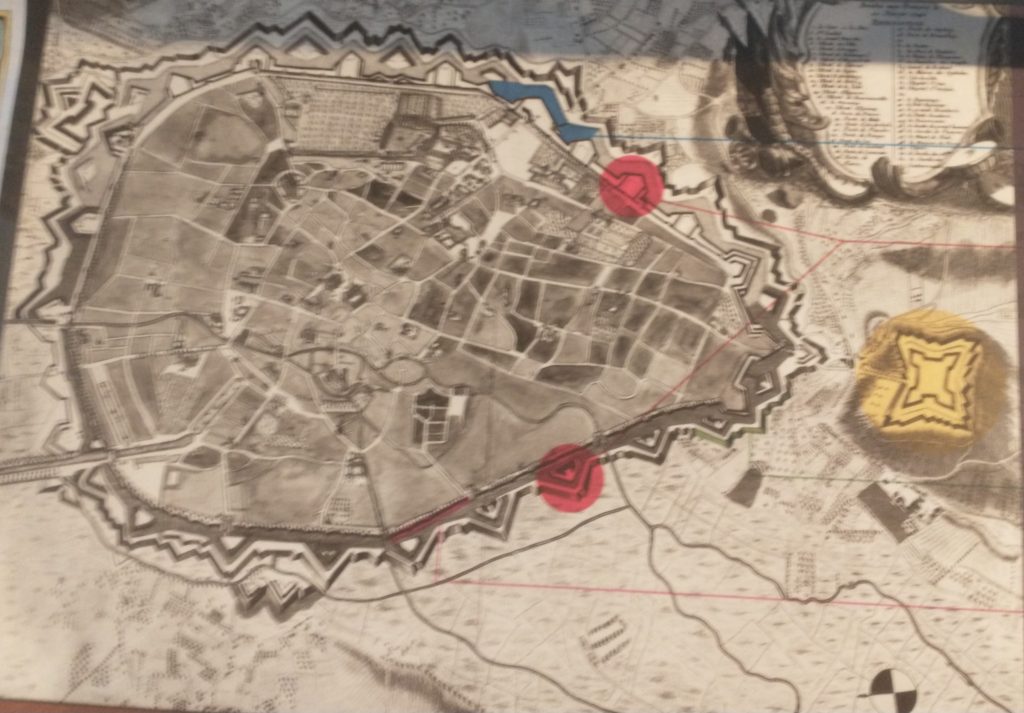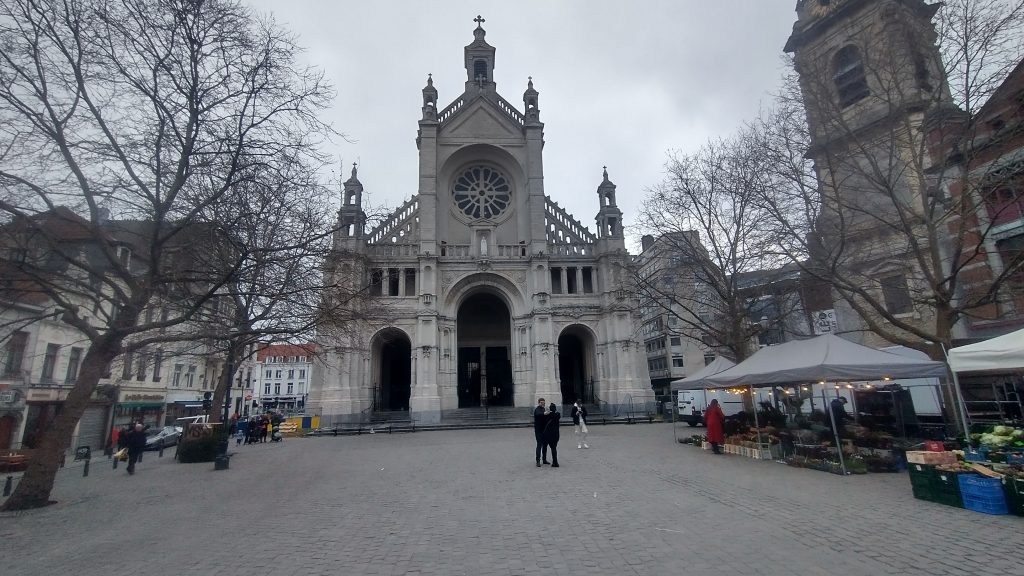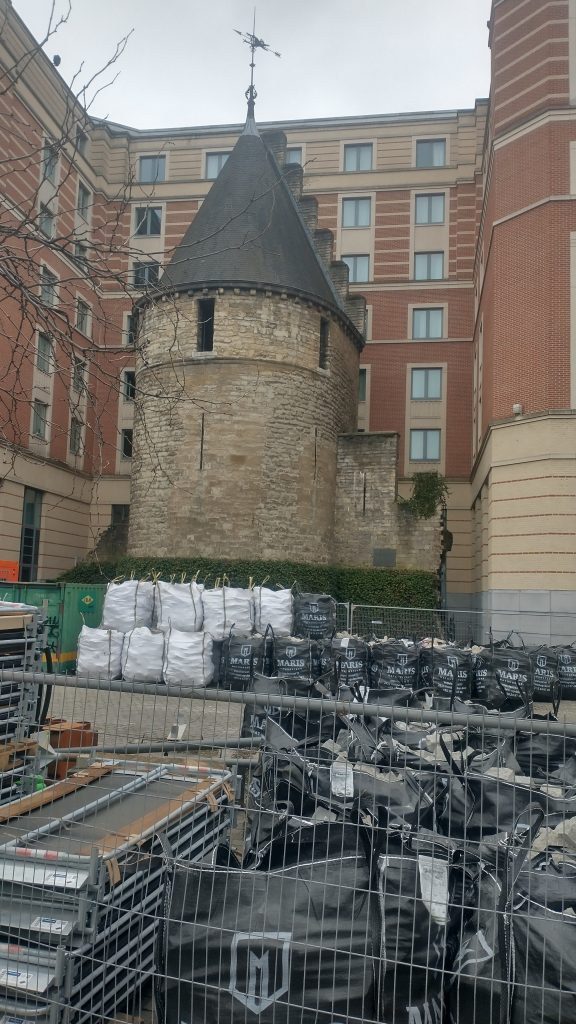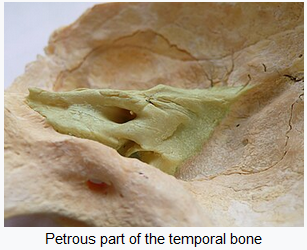
I have just given a guided walk and a virtual tour of London in the prehistoric period. I rashly promised, as follow-up, a booklist. I have many books that I have found pivotal in shaping my own opinions, but I find myself very reluctant to recommend them in the light of the remarkable new, and recent, DNA discoveries.
The cause of this ‘revolution’ is the Petrous Bone – a small bone in/near the ear from which scientists can extract, without too much damage to ancient skeletons, a reliable source of ancient DNA. Previous studies were done on modern DNA and extrapolating backwards. Now, archaeologists can, relatively cheaply, investigate (and often debunk) archaeological theories about the spread of human cultures.
It is a salutary story. Early archaeologists had, what you might call, a colonial, diffusionist model of the past. So when a new culture was identified, normally on the back of the arrival of a new form of pottery. It was interpreted as being spread by diffusion, normally from the ‘civilised’ fertile crescent to barbaric pre-literate Europe. Hence, Stonehenge was thought to be built by a prince from Mycenae, on the basis of the Lion Gate in Mycenae having vague similarities with the Trilithons at Stonehenge (and other diffused cultural markers). And with a viewpoint, that the uncivilised Britons would not be able to build something so amazing!
Archaeologists in the 1970s rejected this imperialist model and preferred to think that cultures need not depend on advances from their betters, nor should ‘invasion’ be allowed to be the main means of technical and cultural advancement. The advent of Radio Carbon Dating profoundly affected how the past was dated, and showed that diffusionist chronologies, often, did not stand up. And thus Stonehenge was freed from cultural imperialism, and we Brits could take all the credit. And Prehistory lost a whole host of ‘invasions’ and ‘migrations’, and a start was also made on diminishing the centrality of the ‘invasions’ at the core of the Anglo/Saxon/Viking migrations into Briton.
Along comes the petrous bone and the development of the study of Ancient DNA, and we discover, in the last couple of years, that:
- The ancestors of Britons were dark to black skinned
- Farming was indeed introduced from the Continent, around 4000BC and the DNA of the UK was largely (but not completely) replaced by incomers. So it was not the Mesolithic hunter gathers who adopted farming but the ‘Western Neolithic’ people who settled bringing in sheep, cows, goats, pigs, wheat, oats, rye, barley, polished axes and pottery.
- The Beaker Folk, DNA now tells us, came from abroad around 2,500 BC. Originally from the Steppes via the Netherlands, and their DNA replaced all but 10% of the Western Neolithic DNA. This happened at about the same time as Stonehenge was remodelled with the giant Trilithons.
- Another influx of people from around 1300BC to 800BC replaced around 50% of the DNA of Britain.
So we now have at least 3 major population replacements before the coming of the Romans, Saxons, Vikings and Normans. Very annoying to find that those old-fashioned imperial archaeologists of the early 20th Century had it more correct than the enlightened archaeologists of the Late 20th Century.
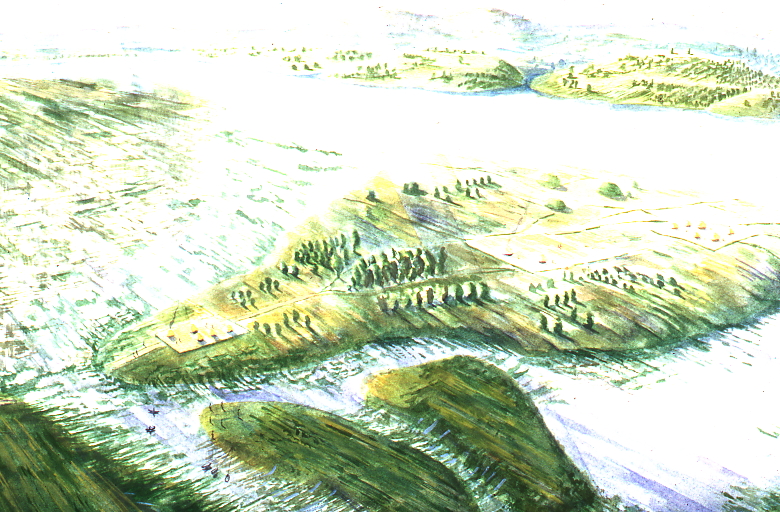
So to my book list. Firstly, you will have noted above that I have linked the stories to reliable websites, so you can get further information. Here are a few other important websites:
Neolithic Houses at the Horton site at the Wessex archaeology site
Archaeology of Heathrow Terminal 5 https://framearch.co.uk/
Bronze Age Bridges at Dorney: https://heritageportal.buckinghamshire.gov.uk
Vauxhall Mesolithic and Bronze Ages Structures: https://www.vauxhallandkennington.org.uk/
Principle Place Feasting Site?: https://www.independent.co.uk/
Hill forts in the London Area: https://hillforts.arch.ox.ac.uk/
As to books, I suggest the best start is to read Mike Parker Pearson’s ‘Stonehenge A Brief History, Bloomsbury Academic 2023’ because it is up-to-date and Pearson has considered the DNA studies noted above.
For similar reasons and for a more general introduction to Britain in the Prehistoric period, you could try:
Roberts, Alice ‘Ancestors: A Prehistory Of Britain In Seven Burials ‘ Publisher: Simon & Schuster Ltd 2022
which has good reviews, but I have not yet read it.
I know that neither is about London, but the only ‘book’ on Prehistoric London I have is:
Merriman, N ‘Prehistoric London’ Museum Of London, 1991
And this is more of a booklet than a full academic book. There is another book, but then it was published in 1914:
Prehistoric London : its mounds and circles / by E.O. Gordon ; with appendices by John Griffith. Volume c.1 1914
For the period just before the Roman Invasion, I would highly recommend reading Julius Caesar’s opinions on Prehistoric Britain.
Caesar, Julius (ed Anne & Peter Wiseman). ‘The Battle For Gaul’ Chatto And Windus Ltd, London 1989
Peter Wiseman was my Professor at University, and it is an excellent introduction, still available new but also cheaply second hand at Abebooks.
You will find some interesting, relevant passages in my book:
Flude, Kevin ‘In Their Own Words – A Literary Companion To The Origins Of London’ D A Horizons, 2009
You can buy a hardback copy from me for £5 plus postage (email me, kpflude@chr.org.uk) or from Amazon in a Kindle version.
I will add more as I find them!
